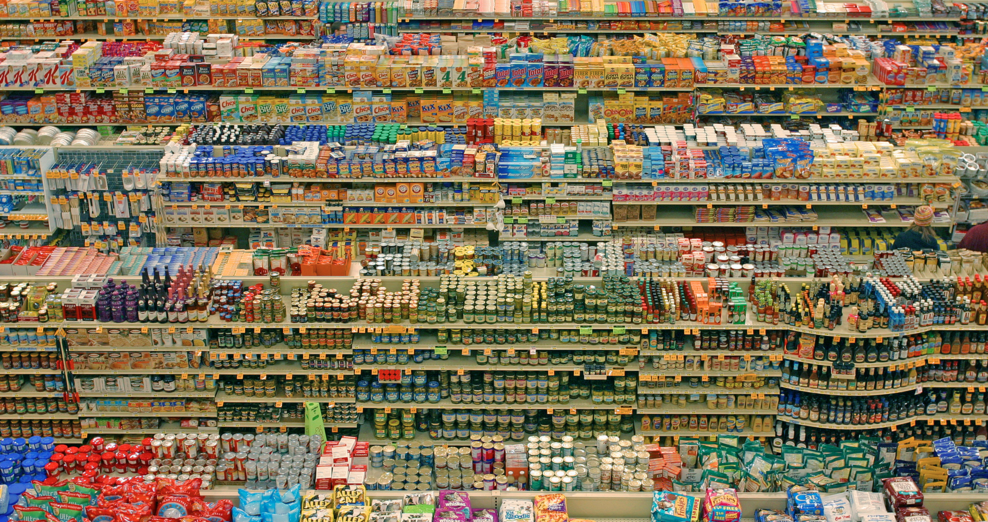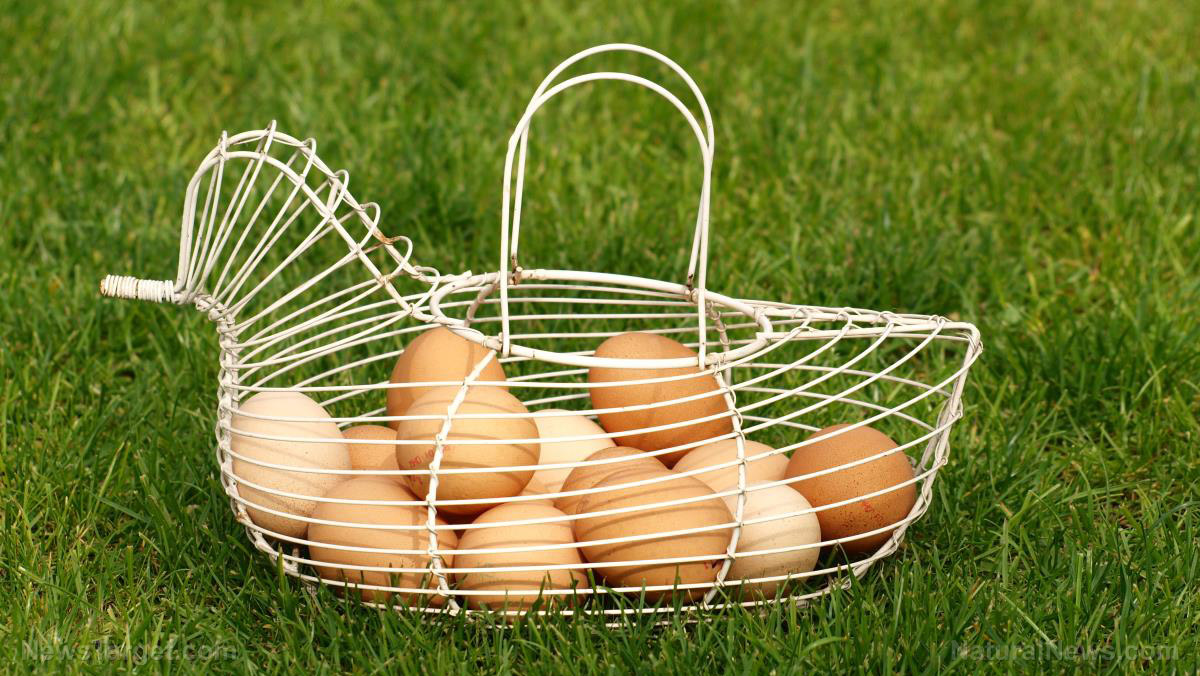Here’s why wild-caught is better than farm-raised salmon: It has a more diverse nutritional profile
11/16/2018 / By Zoey Sky

“Organic” salmon seems like the best choice for people who want to follow a healthy diet, especially since salmon is full of essential fatty acids and other nutrients. But is organic salmon better than wild salmon?
Organically raised and farm-raised salmon vs. wild salmon
Despite the fact that the U.S. Department of Agriculture (USDA) hasn’t yet approved the use of the “certified organic” label for salmon, you may see some stores offering “sustainable” or “organically raised” salmon. This means the fish were raised in ocean pens, like conventionally farmed salmon, but they are given a different kind of feed.
Unlike wild salmon, which has a varied natural diet of insects, invertebrates, plankton, shrimp, smaller fish, and squid, conventionally farmed salmon and “organically raised” salmon are fed commercial salmon “chow” that contains grains, soy oils, and yeast. Even if both “sustainable” and “organically raised” salmon consume organic wheat instead of conventional grain, this doesn’t mean that this is enough to counteract the negative effects of this diet.
Due to this diet made up of artificial ingredients, both types of farmed salmon have unhealthier fatty acid profiles compared to wild salmon. Farmed salmon may contain some beneficial omega-3 fatty acids, but the benefits they offer are reduced because they also have higher levels of pro-inflammatory omega-6 fatty acids.
Additionally, compared to wild-caught salmon, both conventionally farmed and organically farmed salmon have higher levels of polychlorinated biphenyls (PCBS), which are highly toxic industrial compounds.
Both farm-raised and “organic” salmon are also given synthetic versions of astaxanthin, the naturally occurring antioxidant carotenoid that gives salmon flesh its unique color, to replicate the vibrant reddish-orange hue of wild salmon with a natural diet. (Related: At least one major company has admitted to adding flavoring chemicals to its farmed fish to make it taste more like the wild-caught varieties that consumers prefer.)
The proposed USDA rules call for non-aquatic feed that is certified organic, although there is an exception for supplemental vitamins and minerals. However, at least a quarter of the feed may contain “sustainably wild-caught fish” and concerned environmentalists believe that this may affect wild fish populations.
The USDA standards will approve “certified organic” fish that are raised in standard ocean net pens, like those often found in conventional salmon farms. This means the salmon would be kept in overcrowded pens that generate tons of debris, fish waste, and uneaten food that will pollute the sea floor and endanger local marine wildlife.
Salmon pens are often placed in or near migration routes and this exposes passing wild salmon to parasitic sea lice and viruses that tend to infest farmed salmon. There are even wild Atlantic salmon populations that have already been wiped out by diseases spread by salmon farms in Ireland, Norway, and Scotland.
Strangely enough, wild fish that have a natural diet, can’t be labeled “organic.” Meanwhile, “organic” salmon that cost as much as the wild-caught kind don’t have more health benefits compared to conventional salmon.
What kind of salmon should you buy?
If you’re looking for salmon that’s worth its price, choose sockeye salmon. A 6-ounce (oz.) serving of sockeye salmon has 1,500 to 2,000 milligrams (mg) of the beneficial fatty acids eicosapentaenoic acid (EPA) and docosahexaenoic acid (DHA). This is about six to eight times the minimum daily intake recommended by most world health authorities.
Six ounces of sockeye salmon also has at least 1,100 international units (IU) of vitamin D, in the optimal D-3 form. This is almost twice the child-to-adult U.S. Recommended Dietary Allowance (RDA) of 600 IU. Additionally, a 6-oz. serving of wild-caught sockeye salmon has 6-7 mg of naturally occurring astaxanthin.
Wild-caught salmon offers more health benefits, but you need to watch out for wild salmon scams.
According to a report released by Oceana, a conservation group, researchers who gathered 82 samples of “wild-caught” salmon from grocery stores and restaurants discovered that a whopping 43 percent of the fish were mislabeled.
About 69 percent of the labeling included farmed Atlantic salmon sold as “wild-caught,” while the rest used inferior Pacific salmon, like chum, for king and sockeye salmon. The results showed that the mislabeling was more prominent in the markets and restaurants of small vendors while salmon sold by large grocery stores and chains were more likely to be properly labeled.
To avoid buying mislabeled salmon, get fresh salmon during the Alaskan salmon harvest season from April through September. Alternatively, you can purchase canned Alaskan salmon because the state doesn’t allow salmon farming. By definition, all salmon caught in Alaska are “wild.”
Don’t be fooled by labels. “Organic” may not always be the healthier choice. Find more articles about the benefits of eating fresh wild-caught fish at Fresh.news.
Sources include:
Submit a correction >>
Tagged Under:
Alaskan salmon, antioxidants, astaxanthin, Diets, farmed fish, fatty acid, fish, Fresh, nutrients, nutrition, omega-3 fatty acids, organic fish, PCBs, polychlorinated biphenyls, salmon, sockeye salmon, wild fish, wild salmon
This article may contain statements that reflect the opinion of the author
RECENT NEWS & ARTICLES
COPYRIGHT © 2017 TOP 10 GROCERY SECRETS





















